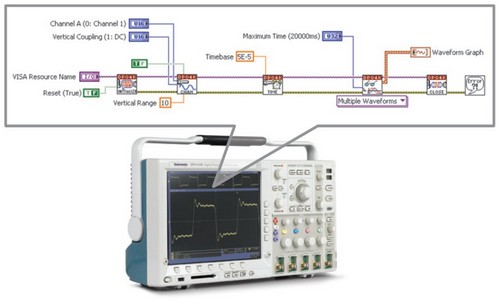I Need Ethernet Controller Driver
How to Update Drivers to Fix Ethernet Problems Quickly & Easily
Many Ethernet problems can be fixed by updating the drivers. After you upgrade to Windows 10, problems can occur because your current driver may work only for the prior version of Windows. There are two ways you can update your Ethernet drivers.
Option 1: Update drivers manually - Use DriverGuide to find the correct driver for your device and operating system. Next, download and install it by following the step by step instructions. You’ll need average to intermediate level computer skills to use this method.
OR
Option 2 (Recommended): Update drivers automatically - Even computer newbies can update drivers with just a few clicks of a mouse. Use trusted software to identify, download and install the newest driver updates for your PC in one step. Your old drivers can be backed up and restored if you encounter any problems. You’ll need novice to beginner level computer skills to use this method.
Option 1: Update drivers manually
To get the latest driver, including Windows 10 drivers, you can choose from our list of most popular Ethernet downloads or search our driver archive for the driver that fits your specific Ethernet model and your PC’s operating system.
I tried to install it on my computer and it DOESN'T WORK. I can't get internet on that computer and I think the ethernet driver is why. It shows up in device manager as a yellow question mark. There are also others like, Multimedia audio controller PCI input device SM Bus controller Universal serial bus (usb) controller.
Related Articles
- 1 Uninstall a Mouse Driver on a Computer
- 2 Uninstall a Graphics Driver on a Gateway Computer
- 3 Remove Logitech Quickcam Driver
- 4 Set Up the Belkin Wireless G Router
Like any other device in a computer, you cannot use your Ethernet adapter, or network card, unless you install a device driver for it. Generally, computers running Windows 7 should install most network cards automatically. If yours does not, you won’t be able to access the Internet or any internal company sites or network shares until you install the driver yourself. The driver file may be an installation program utilizing a simple wizard, or it may be a self-extracting ZIP archive file that copies all the driver files to a folder for you to manually install.
1.Log in to your computer using an administrator account, or have an administrator account username and password on hand.
2.Locate the driver installation file and double-click on it. If an installation wizard runs, simply follow the onscreen instructions to install it. If it’s a ZIP archive, you’re asked to specify a location to unzip the files to, so choose a location you'll remember and continue following the next steps.
 3.
3.Click “Start | Control Panel | System and Security | Device Manager.'
4.Click the '+' sign next to “Network Adapters.” If it's installed correctly, your network card is listed here with an exclamation point next to it.
5.Right-click on the adapter and click “Update Driver Software...'.
6.Choose the “Browse my computer for driver software” option.
7.Click the “Browse” button and navigate to the folder into which you unzipped the driver files in Step 2, then press “OK.”
8.Click the “Next” button to have Windows install the driver for you.
Things Needed
- Ethernet adapter driver installation file
Tip
- Some manufacturers publish drivers on Windows Update. Obviously, getting a network driver via this venue isn’t an option if you only have one network card in your computer, but if you have a second card that is working, you can use it to check Windows Update for the driver.
References (1)
About the Author
A writer and proofreader since 2006, B. Steele also works as an IT Help Desk analyst, specializing in consumer and business user tech support. She earned a B.A. in English and journalism from Roger Williams University. Steele also holds certifications as a Microsoft-certified desktop support technician, Microsoft-certified IT professional, Windows 7 enterprise support technician and CompTIA A+ IT technician.
Cite this Article